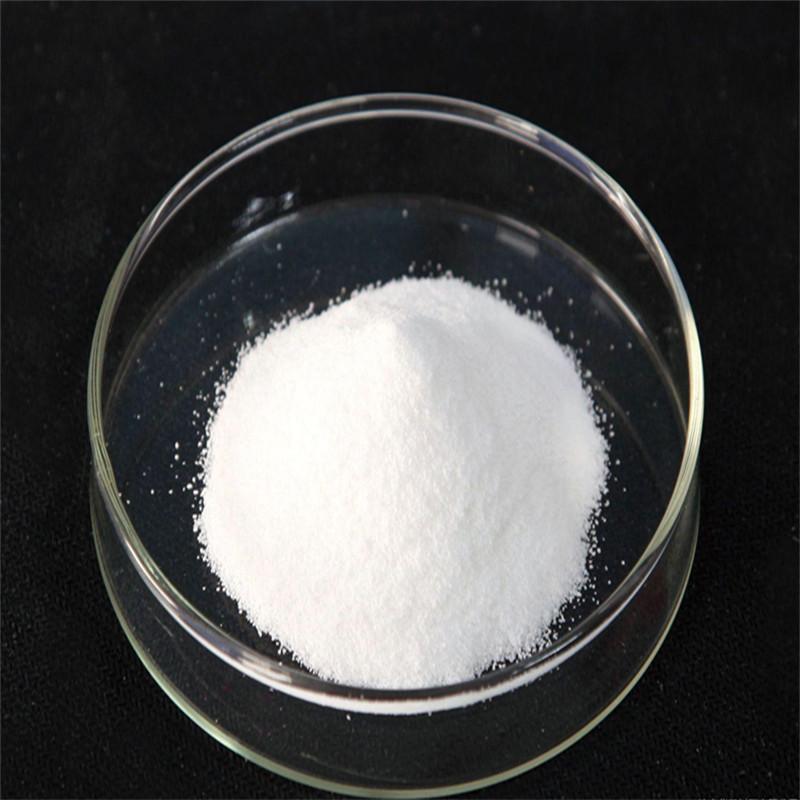What is the difference between glyphosate and glufosinate? Look at these and you will understand
Glufosinate and glyphosate are just a word difference, and if you don't carefully distinguish it, it's really unclear. Xiaobian today's summary of the difference between glufosinate and glyphosate is as follows, for your reference only. 1, the mode of action is different Glyphosate is a glycine, the mechanism of action - inhibition of enol acetone-based valerin phosphate synthase, protein synthesis is blocked; glyphosate is a systemic, broad-spectrum, herbicide , which is transmitted to the lower part of the ground through stems and leaves. The underground tissue of deep root weeds has a strong destructive power and can reach a depth that cannot be achieved by general agricultural machinery. Glufosinate is a phosphonic acid, the mechanism of action - ammonium sulfate contact, inhibition of glutamine synthesis. Glufosinate is a phosphonic acid non-selective conductive herbicide. By inhibiting the action of glutamate synthetase, an important detoxifying enzyme in plants, the nitrogen metabolism in plants is disturbed, ammonium is excessively accumulated, and chloroplasts are disintegrated, thereby causing plant photosynthesis. Suppressed, eventually leading to weed death. 2, the conduction method is different Glyphosate is a system of endocytic conduction; Glufosinate is a semi-inhalation or a slow-moving, non-conducting contact. 3, the weeding effect is not the same Glyphosate generally takes 7 to 10 days to work; Glufosinate is generally 3 days (normal temperature). From the aspects of weeding speed, weeding effect, controlling weed regeneration period, etc., glufosinate has excellent field performance. With the increasingly resistant weeds of glyphosate and paraquat, farmers will be due to glufosinate. Excellent resistance and good environmental performance are easy to accept. For tea gardens, farms, and green food bases that are more ecologically demanding, the demand for glufosinate is also growing. 4, the weeding range is different Glyphosate has a protective effect on more than 160 weeds, including monocotyledonous and dicotyledonous, annual and perennial, herbaceous and shrub plants, but it is not ideal for some years of malignant weed control. For gravitational weeds such as goosegrass and small canopy, the effect of glyphosate is not obvious; glyphosate can not be used for crops with shallow roots or roots exposed such as coriander, pepper, grape, papaya, etc.; Glufosinate is a broad-spectrum, contact-killing, non-residual, non-residual herbicide with a wide range of uses. Glufosinate can be used in all crops (as long as it is not sprayed onto the crop, it should be applied in the inter-row application). Or cover). Using weed stem and leaf directional spray treatment, it can be used for weed control of wide-planted fruit trees, row crops, vegetables and non-cultivated land; it can quickly kill more than 100 species of grasses and broadleaf weeds, especially Some of the malignant weeds that are tolerant to glyphosate, such as goosegrass, purslane, and small canopy, are very effective, and become the nemesis of grasses and broadleaf weeds. 5, different security performance Glyphosate is generally planted and transplanted for 7 days (generally, it requires grass to be thickly sown. After glyphosate enters the soil, it quickly loses its activity with metal ions such as iron and aluminum, and has no adverse effects on the seeds and soil microorganisms in the soil. ); glyphosate is a herbicide herbicide. Improper use will bring safety hazards to crops, especially when it is used to control weeds or orchard weeds. It should be emphasized that when used in fruit trees such as citrus orchards, grass roots are still destructive to the root system, and long-term use can lead to yellowing of fruit trees. Glufosinate can be planted and transplanted in 1-4 days. Glufosinate is low-toxic, safe, fast, environmentally friendly, and has a higher yield by topdressing. It has no effect on soil, crop roots and crops. It has a long-lasting effect and is suitable for weeding of all crops. It is easily degraded in soil and is safe for crops. Drift is more suitable for weeding in corn, rice, soybeans, tea gardens, orchards, etc. that cannot be completely avoided during sensitive periods or fog drift. 6. What are the prospects for both? The core problem facing glyphosate is resistance. Due to the high efficiency, low price and rapid metabolism of glyphosate, glyphosate has been freely eliminated from the market for a long time. In view of the resistance problem of glyphosate, the current mixed use is a good countermeasure. The market prospect of glufosinate is good and the growth is rapid, but the production technology is also difficult and the process route is complicated. Only a few companies in China can produce on a large scale. Weed expert Liu Changling believes that glufosinate cannot defeat glyphosate. From the cost consideration, the price of one ton of glyphosate is about 20,000, and the price of one ton of glufosinate is about 150,000. The promotion of glufosinate, the price The gap is a gap that cannot be crossed. More pesticide knowledge , please pay attention to China Pesticide Network
Adipic Acid is mainly used in producing nylon fiber and engineering plastics, and polyurethane in quantity. Most of parts are used to produce PU, liquid for sole, polyurethane foam, etc. A small number of them are used for high quality lubricating oil.
High quality ester of adipic acid can be used as PVC and its copolymer, plasticizer of natural synthetic rubber. A large number of adipic acid ester is used to produce food packaging, thin film and PVC for insulation.
Adipic acid is also used for sour agent of food and drink. It is not easy to deliquesce, so it is used in dry food, and can be kept in a long time.
Adipic Acid Adipic Acid 124-04-9,Adipic Acid,Adipic Acid Raw Material,99.7%Min Adipic Acid,Fine Adipic Acid Shandong Tiancheng Chemical Co., Ltd. , https://www.tianchengchemical.com
